Neck Side Flexion Stretch | Side Neck Stretch for Older Adults
The neck side flexion stretch is a gentle movement that stretches the muscles along the side of the neck and upper shoulder.
Performed by slowly tilting the head toward one shoulder, it helps relieve stiffness, reduce tension, and improve flexibility for daily activities such as reading, reaching, and looking to the side.
How to Do the Neck Side Flexion Stretch Safely
INSTRUCTIONS:
Sit tall in a sturdy chair with feet flat on the floor.
Keep your shoulders relaxed and your head facing forward.
Gently tilt your head to one side, bringing your ear toward your shoulder (without lifting the shoulder).
You should feel a gentle stretch along the side of your neck.
Hold the stretch for 20–60 seconds, then slowly return to the centre.
Repeat on the other side.
TIPS:
Move slowly into the stretch — avoid pulling or forcing the head down.
Keep both shoulders level and relaxed.
Breathe slowly and naturally throughout the stretch.
Stop immediately if you feel dizziness, tingling, or pain.
MUSCLES STRETCHED:
Side of the neck (sternocleidomastoid, scalenes)
Upper trapezius
Levator scapulae
BENEFITS:
Relieves tension and stiffness in the neck and shoulders.
Improves side-to-side flexibility of the neck.
Helps reduce stress-related tightness and postural strain.
Supports mobility needed for everyday movements like looking to the side.
BEGINNER VERSION:
Perform a smaller tilt, only moving partway into the stretch.
Hold for just 10–20 seconds if you’re new to stretching.
PROGRESSION OF EXERCISE:
Hold the stretch closer to 60 seconds as flexibility improves.
Add gentle overpressure: place your hand lightly on the side of your head to guide the stretch (do not pull hard).

